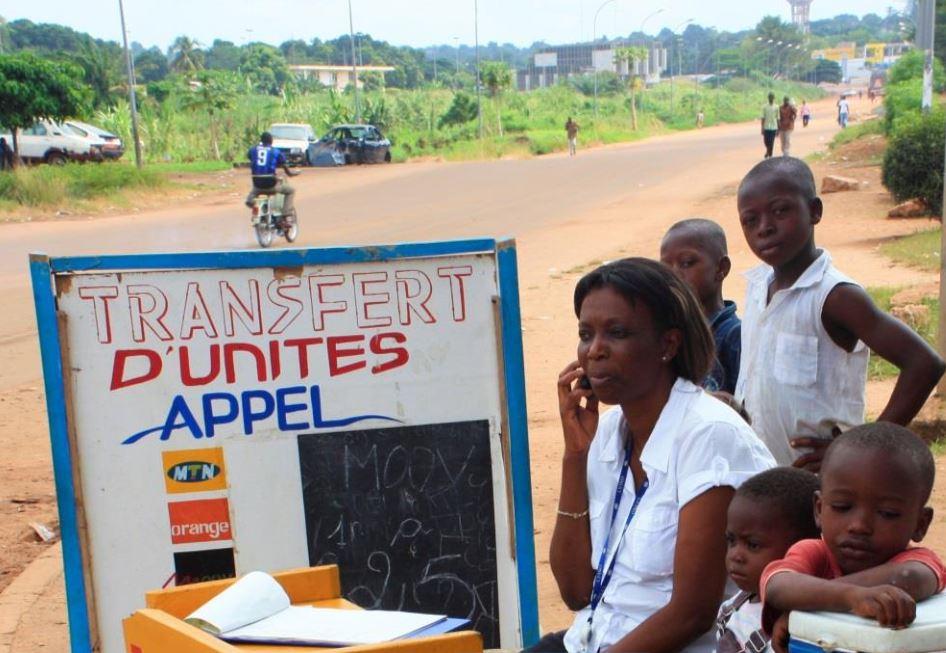
Every year, hundreds of millions of people worldwide send or receive money through a money transfer system or by informal channels, generating some 500 billion dollars in remittances to developing countries, roughly three times the size of official global development aid.
In a new report, the JRC gives an outlook into the latest trends of alternative channels for money transfer by migrants to home countries provided by companies operating on blockchain-based technologies.
In the last ten years, global remittances to developing countries have increased by 51%, and directly support an estimated 800 million people worldwide.
The top ten sending countries in Europe are Germany, France, and Italy.
Migrant remittances are clearly mentioned in the 2030 Agenda for Sustainable Development as a primary tool to foster inclusive growth in countries of origin, transit and destination.
They are also recognised by the UN Global Compact for Safe, Orderly and Regular Migration as an important source of private capital.
Excluding China, remittance flows are also significantly larger than foreign direct investment in low- and middle-income countries, according to the latest edition of the World Bank’s Migration and Development Brief.
With the global average cost of sending money home still on the rise, will the rapid emergence of new technological advances ease the burden on poorer customers?
Do such innovations have the potential to become a gateway to financial inclusion, particularly in rural and remote areas?
What about the vulnerabilities of blockchain-based technology and the lack of robustness of the formal financial infrastructure?
How much does sending remittances cost?
The average cost of sending remittances is now at 7.1%, more than double the United Nations' Sustainable Development Goal’s target transaction cost of 3% and unacceptably high in many low-volume corridors, i.e. flows of funds from one country to another, resulting in a large amount of money not reaching its recipients.
Blockchain-based technologies for remittances – billions to be saved by the users
Where banks do not step in, innovation does.
As part of the global emerging trend of disintermediation, including in the financial services sector, blockchain-based technology promises to make remittance transactions faster, cheaper and more convenient, reaching areas which are currently excluded, underserved or disfranchised by their local formal financial system, in particular in South-East Asia and Africa.
Although most large financial institutions and services are still reluctant to forego traditional currency and cash for the digital currency, a recent survey by the World Economic Forum shows that a great number of banks will adopt a blockchain-based system for at least some activities in the next years.
Among these, international payments and bank transfers stand out.
A large-scale adoption in the next few years by the banking industry, according to the survey, could allow savings of between 15 and 20 billion dollars a year starting from 2022.
Legal and regulatory frameworks need harmonisation
The full promise of the technology to transform the remittances industry is yet to be realised, substantially due to the need to harmonise legal and regulatory frameworks between sending and receiving countries, and in particular in the context of domestic and international regulations to combat money laundering and the financing of terrorism.
Moreover, governments and regulators across the world are, in general, in disagreement about how best to respond to the challenges posed by blockchain and related crypto-assets.
How blockchain-based technology is disrupting migrants' remittances - new report by the JRC
The report addresses the importance of financial education for migrants' communities and how remittance's role changes at each stage of social inclusion.
It sheds light on potential benefits, risks and challenges arising from the rapid development of Distributed Ledger Technologies in the international remittance industry and how regulators should act in anticipation of these developments, and if so, what actions will best guarantee a positive outcome, without curbing innovation.
It is a first integrated attempt to look into a new and highly dynamic research topic concerning blockchain technology and migrants remittances, and also an invitation to further develop the subject from other perspectives.
Related Content
JRC report: How Blockchain-Based Technology Is Disrupting Migrants' Remittances: A Preliminary Assessment
Details
- Publication date
- 11 February 2019
